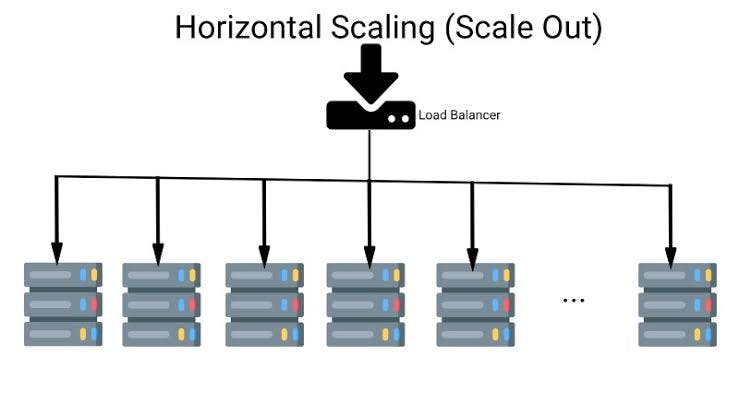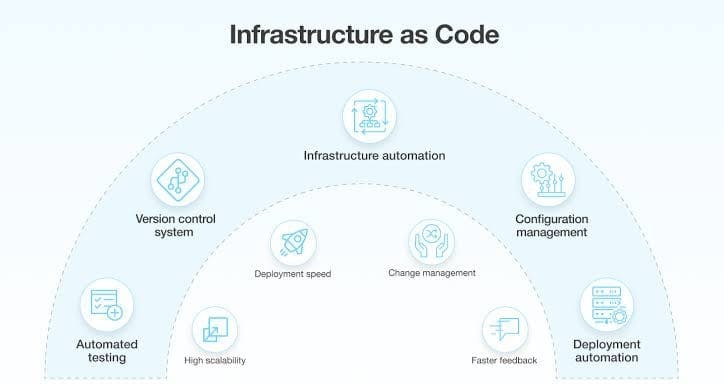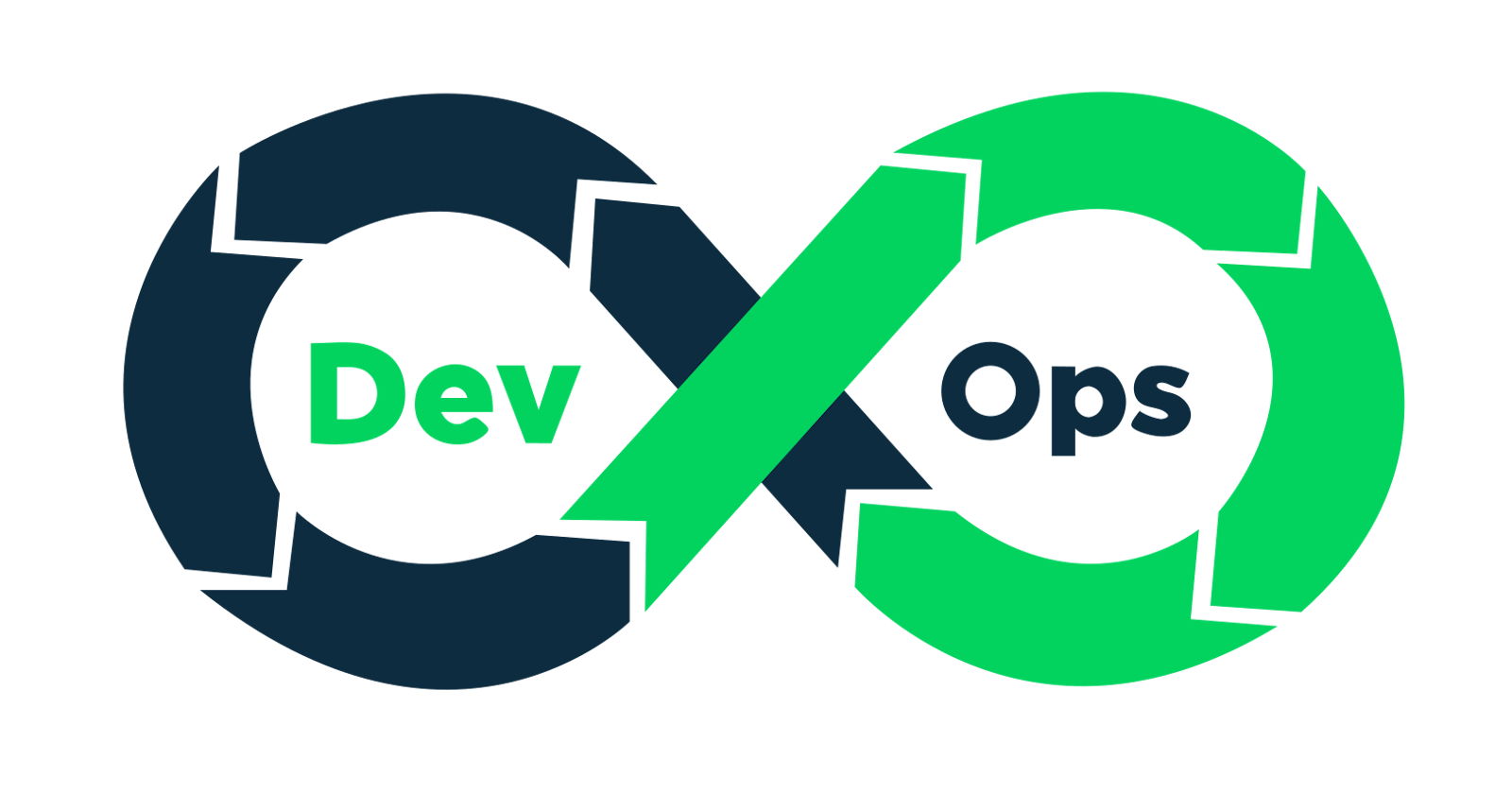What is DevOps?

DevOps is the combination of cultural philosophies, practices, and tools that increases an organization's ability to deliver applications and services at high velocity: evolving and improving products at a faster pace than organizations using traditional software development and infrastructure management processes.
To sum up we can say that DevOps is a methodology of the Software development lifecycle (SDLC) in which both development (where the product is developed) and operations (Releasing the product) are done by implementing new tools and automating the whole software development. This enables faster development of new products and easier maintenance of existing deployments.
Now the question arises What is this automating of software development?
Let’s break the question into two parts automation or automated means to automate something using automation tools,
This automation is achieved in software development by introducing automation tools such as Jenkins, Ansible, Docker, Puppet, etc in the building, testing and deployment of a product by eliminating human intervention. This dramatically improves the efficiency of development and reduces the overall time required. It also makes infrastructure management easier and opens doors to flexible scalability.
This Scalability refers to the ability of the business to set up its systems to grow during times of high demand and scale back when demand decreases. The optimum environment for achieving the appropriate level of scalability is DevOps, thanks to specific techniques. People can interact, concentrate on their work, have more creative alternatives, and swiftly deploy software through these techniques.
What is Scaling?
Scaling in DevOps is characterized as an automation-driven environment where developers or enterprises can adopt DevOps culture and choose the right technologies to scale their business growth. Undoubtedly, enterprises will use a variety of approaches to establish a DevOps culture, but as businesses start to scale, new challenges may arise that make DevOps adoption challenging.
Basically, there are two types of scaling vertical scaling and horizontal scaling.
Horizontal Scaling:

Horizontal scaling (aka scaling out) refers to adding additional nodes or machines to your infrastructure to cope with new demands. If you are hosting an application on a server and find that it no longer has the capacity or capabilities to handle traffic, adding a server may be your solution.
It is quite similar to delegating workload among several employees instead of one. However, the downside of this may be the added complexity of your operation. You must decide which machine does what and how your new machines work with your old machines.
You can consider this the opposite of vertical scaling.
Vertical Scaling:

Vertical scaling (aka scaling up) describes adding additional resources to a system so that it meets demand. How is this different from horizontal scaling?
While horizontal scaling refers to adding additional nodes, vertical scaling describes adding more power to your current machines. For instance, if your server requires more processing power, vertical scaling would mean upgrading the CPUs. You can also vertically scale the memory, storage, or network speed
Additionally, vertical scaling may also describe replacing a server entirely or moving a server’s workload to an upgraded one.
IAC (Infrastructure as a Code)

As I mentioned above DevOps makes it easier to manage the infrastructure but the question arises again about what infrastructure I am mentioning here, the concept that revolves around the idea of managing infrastructure with the help of code. This is done with the help of certain tools or programs which can help to carry out the tasks automatically! Some of the leading IAC ( Infrastructure as a code ) tools are Ansible, Terraform, Aws Cloud Formation, Azure resource manager, etc. When infrastructure is properly managed, it makes sure that the resources are configured properly, secured, backed up regularly, and monitored from time to time.
The above information is up to my understanding. Suggestions are always welcome.
~Abhiraj
#DevOps, #DevOpsEngineer, #Scaling, #FirstBlog
